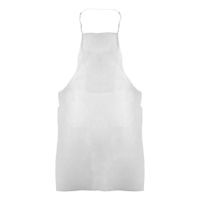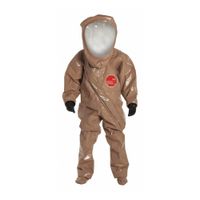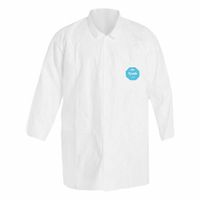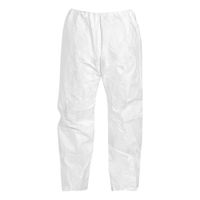- Home
- Safety
- Protective Clothing
- Chemical Liquid Particulate Protective Clothing
.....Read More

Aprons & Smocks for Chemical, Liquid & Particulate Protection

Boot & Shoe Covers for Chemical, Liquid & Particulate Protection

Coveralls for Chemical, Liquid & Particulate Protection

Encapsulated Suits & Accessories for Chemical Protection

Hoods for Chemical, Liquid & Particulate Protection

Lab Coats, Frocks, & Jackets for Chemical, Liquid & Particulate Protection

Overalls & Pants for Chemical, Liquid & Particulate Protection

Seam Tape for Protective Clothing

Shirts for Chemical, Liquid & Particulate Protection
Frequently Asked Questions
What are the different types of protective clothing for hazardous environments?
How do coveralls protect workers from hazardous substances?
What materials are used in chemical protective clothing?
How should protective clothing be properly maintained and cleaned?
What are the standards and regulations for protective clothing in the workplace?
How do you choose the right protective clothing for specific hazards?
What is the difference between encapsulated suits and regular protective clothing?